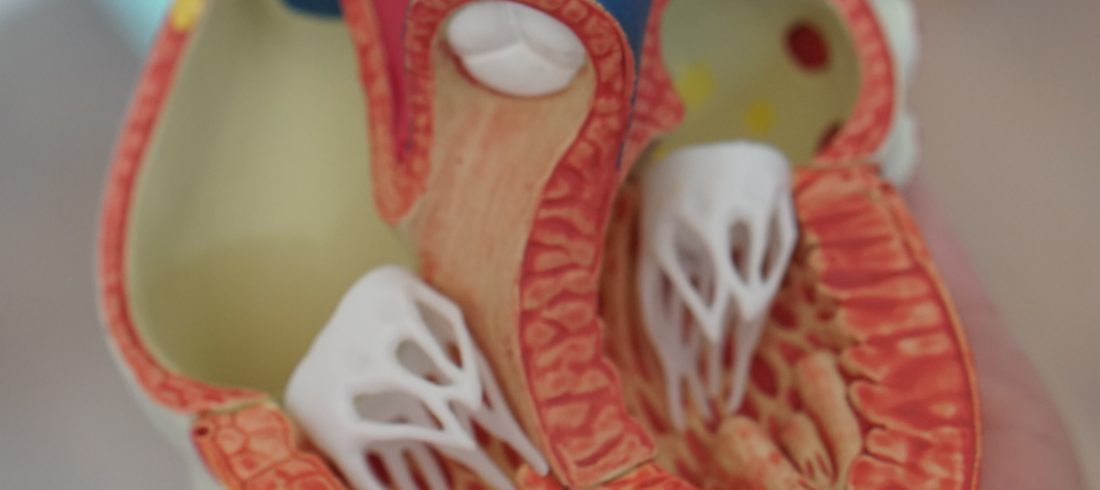When so much of our time and energy is consumed by Covid-19, we may lose sight of our other health-related concerns. Even during this pandemic, we at Premier Medical Group strongly suggest patients remain vigilant of acute or long-term issues. Let today be the day we get back in touch with ourselves.
High blood pressure is a condition that affects roughly 68 million Americans. So often, it is regarded as an illness that needs our attention later in life. But that simply isn’t the case. Also called hypertension, there are numerous causes and very few – or no – symptoms. Teens and adults across all age groups benefit from early awareness and prevention.
High Blood Pressure And Age
Hypertension affects many, many American. According to the Centers for Disease Control and Prevention (CDC), roughly one in three Americans have the condition. Of those, one in three adults do not seek treatment, while a greater share, one in two, are reported to not have it under control.
While our risk of high blood pressure does increase with age, we recommend young people monitor their blood pressure as well. A CDC study found roughly one in 25 people ages 12 to 19 have hypertension, while one in ten have elevated blood pressure (levels that are slightly above normal). Why does this matter? Youth with cardiovascular disease, such as hypertension, are at a greater risk of heart disease and stroke later in life.
By brushing up on the basics of high blood pressure, young people are better equipped to lead heart-healthy lives today and into their adulthoods.
What is High Blood Pressure?
Hypertension is when your blood pressure, or the “the force of your blood pushing against the walls of your blood vessels,” is consistently too high, according to the American Heart Association. There are a variety of devices for measuring this, such as inflatable arm cuffs, and digital arm or finger monitors.
Blood pressure is expressed as a pair of numbers. Systolic pressure occurs when blood is pumped from the heart to arteries, while diastolic pressure occurs when the heart rests between beats. Physicians use these numbers when gauging your health. Here are the categories:
- Normal: systolic less than 120, and diastolic less than 80
- Elevated: 120 – 129, and less than 80
- Hypertension (stage 1): 130 – 139, or 80 – 89
- Hypertension (stage 2): 140 or higher, or 90 or higher
- Hypertensive crisis: higher than 180, and/or higher than 120
Causes and Symptoms of High Blood Pressure
Sources of high blood pressure fall into two types. Primary, or “essential,” hypertension tends to develop over years and without a clear cause, according to the Mayo Clinic. Secondary types are caused by underlying conditions, such as sleep apnea, kidney problems and adrenal gland tumors. On top of that, there are many risk factors to consider, including:
- Age
- Race
- Family history
- Weight
- Physical activity level
- Smoking
- A high sodium diet
- Alcohol consumption
- Stress
Often, there aren’t any signs or symptoms of high blood pressure – which is why the American Heart Association calls hypertension “the silent killer.” Some patients have reported headaches, shortness of breath or nosebleeds, but as the Mayo Clinic notes, these indicators aren’t specific and usually don’t appear until a patient’s pressure has reached dangerous or life-threatening levels.
What Harm Can High Blood Pressure Cause?
Hypertension can lead to several health issues. Chief among those, greater pressure inside of blood vessels – tubes that carry blood – causes a patient’s heart to work harder to push blood through their circulatory system. Additionally, artery tissues can become torn due to increased force, creating tears for “bad” cholesterol to get caught and form plaque. Over time, these vessels become more and more narrow, which further increases pressure. This can lead to a number of issues, such as:
- Arrhythmia
- Heart attack
- Stroke
- Kidney disease or failure
- Loss of vision
- Sexual dysfunction
- Angina
- Peripheral artery disease
Visiting a Primary Care Physician
Our best advice to patients seeking to reduce their risk of hypertension is to schedule regular visits with their primary care doctor. Checking blood pressure is frequently a part of these meetings, and a physician is equipped to review a patient’s current health, family history and risk factors to offer healthy choices (diet, exercise and sleep, among others) as well as determine a good frequency of consultations.
Schedule a Visit to Premier Medical Group
While visiting a physician is an excellent way to prevent hypertension, fewer young people have a primary care doctor. According to the American Academy of Family Practices, an estimated 50 percent of people age 18 to 29 reported not having one. Let’s change that.
Whether you’re seeking answers related to high blood pressure or another health-related concern, give us a call. We recently expanded our criteria to allow more patients to make in-person appointments. Schedule a time to meet with one of our many physicians and put yourself on a path to better health.

